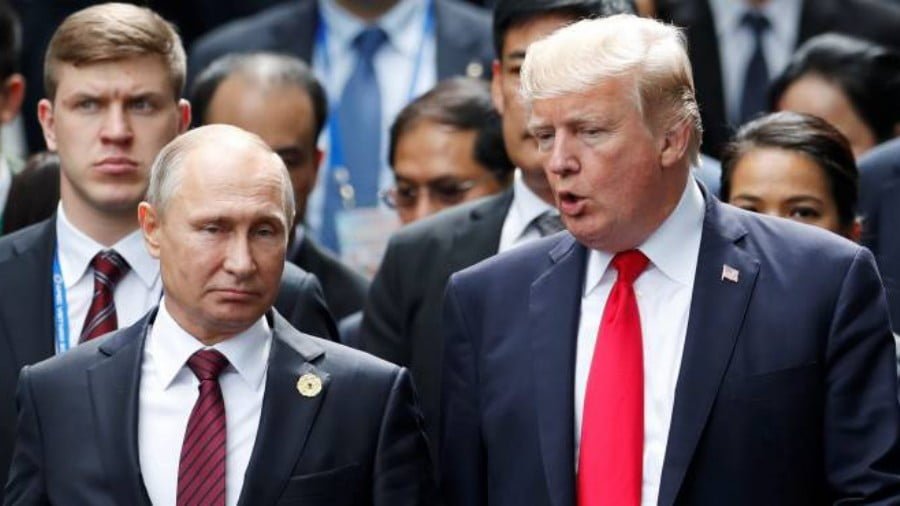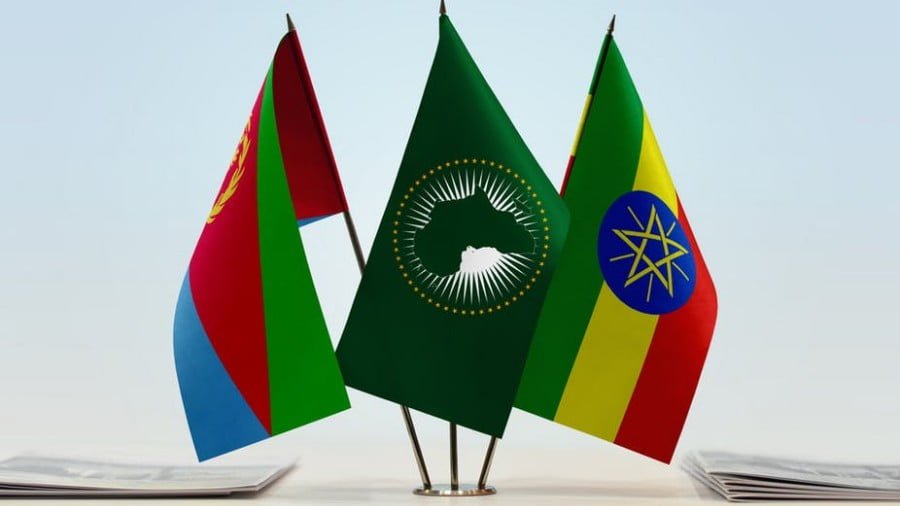Indian Economy Grinds to a Halt after Cash-Ban: “Faith in System Shaken”
Amid scenes of panic across India, following PM Modi’s shock decision to withdraw high-value bills in the middle of the sowing and wedding season, Reuters reports the move, aimed at cracking down on the shadow economy, has brought India’s cash economy to a virtual standstill. With over 90% of all transactions done in cash, money flows in and out of the black-and-white system… until now, as Devangshu Datta exclaims, “The system works because everybody believes that those pieces of paper will be accepted by everybody else… This move has shaken that trust.”
Farmers have been left stranded as traders have no cash to pay for their produce, while millions of Indians lined up outside banks and post offices for the ninth day to exchange old banknotes or withdraw rationed money from their accounts.
Many of India’s 260 million farmers have no bank accounts and depend on local money lenders to fund sowing, which means those that have to borrow to sow winter crops like wheat or rapeseed could face debt trouble without a good harvest.
And so India’s government on Thursday announced immediate steps to ease a cash crunch for farmers amid widespread criticism. In the latest in a series of ad hoc steps, Modi allowed farmers to withdraw up to 25,000 rupees ($368) a week against their crop loans to ensure that sowing of winter crops “takes place properly”, a senior finance ministry official said.

But, as Devangshu Datta explains, the demonetisation of Rs 500 and Rs 1,000 currency notes came as a surprise to almost everyone. The details of re-monetisation are still to become entirely clear. What follows is a set of personal opinions of likely outcomes arising from this move to demonetise. Each of those opinions could be entirely wrong but they are all centred on subjects that are worth thinking about.
But, first, some basic statistics.
About 85% of all currency in circulation has just been turned into coupons that can only be exchanged in specific places. These notes can be converted into currency again only with identity proofs (which hundreds of millions don’t have) and the additional hardship of standing in many queues for many hours.
Over half of India’s population doesn’t have any sort of bank account at the moment and about 300 million don’t have basic ID such as Aadhaar either and hence, cannot access the banking system at all. About 130 million Indians have mobile wallets (about 25 million have credit cards) and there are maybe 550 million-600 million debit cards in circulation. So access to cash is very, very important for average Indians.
Liquidity in the economic system will be sucked out for several weeks at the very least, due to the very stringent restrictions on cash withdrawals from ATMs, and bank accounts. Plus there’s the sheer logistics of getting that massive volume of new notes into circulation. In addition there will be a cost to printing and distributing the new notes and taking the old currency out of circulation.
India is a cash economy. Well over 90% of all transactions are done in cash. Most of these transactions are legal, consisting of relatively small amounts, and frequently done by people who don’t make enough money to pay income tax. Your domestic worker pays for her bus ticket. You pay her husband, the plumber, for fixing your flush. The security guard at the bank ATM buys cigarettes.
Money flows in and out of the black-and-white system. The paan-wallah pays the fast-moving consumer goods companies for the cigarettes and chewing gum he sells, and keeps the retail margin. That’s white. He ploughs the surplus cash into buying paan leaves in undocumented transactions: the farmer who grows the paan pays no tax; the trader who sells paan under-reports the transactions. That’s black. The mechanic (who is outside the tax net) receives an (undocumented) tip for changing a flat tyre and buys a metro token (putting cash back into government coffers), or goes to see a movie (paying service tax).
Industries like fashion, retail, interior decoration, furniture, laundry and dry-cleaning services, hospitality, medical services, gems and jewellery, et cetera., are large conduits for these flows. We could call them black and white industries. Construction and real estate are totally built around black and white. Land is always sold with part of the price being paid in cash. The real-estate developer buys in black and white and he sells in black and white. The construction process is also black and white (carrying ghost workers on the construction rolls is one easy way to generate black money for example).
These are the facts.
Slowdown in growth
And now for some estimates and opinions.
By all estimates, the size of the black economy in India is large and the undocumented, informal but legal economy is also large. Estimates range from 20% of official Gross Domestic Product to 40% of official GDP. Many assets are held in the form of real estate and jewellery or assets stashed abroad in bank accounts or real estate, etc. However, political parties and religious bodies tend to hold trunkfuls of physical cash and some cash-intensive businesses also have large floats sitting around.
Now we come to the opinions.
The informal economy will be badly impacted. The non-cash assets will remain but those will be “frozen” for a while in that it will be difficult to convert those assets immediately. Cash assets will need to be laundered in some fashion (maybe by opening religious trusts and trustees “donating” notes to the trust, etc.) and will probably incur massive discounts in conversion. There will be blackmarket conversions to hard currencies and bullion, with rupee notes being accepted at massive discounts (anecdotal conversations suggest that the United States dollar is now trading at 15% premium to the Reserve Bank of India rate).
All the black and white and cash-intensive industries will be impacted for a while by the liquidity freeze. So will other industries with high cash turnovers (such as roadside vegetable sellers). This will show up in serious economic under-performance and in a slowdown in GDP growth.
The slowdown in GDP growth will not be completely captured in official statistics but there will be signs for sure in terms of consumption falling. Since consumption contributes much more than investment to India’s GDP growth, it will certainly hurt. Almost certainly, GDP growth estimates will be revised downwards (even if the government is reluctant to do so).
Who will it hurt?
This move will certainly hurt cash-intensive political parties, which have undeclared trunkfuls of cash. in fact, the conspiracy theorists will assume that this move is largely driven by tactical considerations about funding the upcoming assembly elections in Punjab, Gujarat and above all, Uttar Pradesh.
Political parties can now accept donations from abroad and the Bharatiya Janata Party has an obvious advantage, given its major outreach to non resident Indians. So the BJP could produce money from abroad which it can convert into rupees. The BJP is also aided by its links to a non-governmental organisation, the Rashtriya Swayamsevak Sangh, which can campaign on its behalf, with the tab for that campaigning not picked up by the BJP.
The move to demonetise will hurt the very rich in absolute terms but it will mean marginal damage to their assets. It will impact the middle class in terms of inconvenience for several months. It will gut the very poor and the lower income groups. These are people with little in the way of ID proof and they often keep cash stashed under the bed because they have no bank accounts.
Your domestic worker, whose ID (if she has one) says she lives in a village a 1000 km away. Your driver, who saves a chunk of his salary and sends it home to his family. The disabled flower seller/beggar at the traffic lights. The 12-year-old selling pirated books who ran away from an abusive home. The waiter-cum-delivery boy at the local dhaba. The massage parlour therapist. These are the people who will get really badly hurt. They all have high proportions of their income stashed in cash and they will have to pay large sums under the table to legitimise it.
What next?
The long-term impact of this move might be hard to assess. Once cash liquidity comes back to the economy, will there be reforms in the actual way that black and white business work? Or will people simply find new ways to game the system? I am cynical enough to suspect the latter will happen. It happened in 1978 when the Janata Party demonetised. While the Indian economy has changed considerably since 1978, Indians have also developed a global reputation for ingenuity and jugaad in the last 40 years. A lot of very smart people now have skin in the game when it comes to gaming the demonetisation.
There could be two types of political backlash as a result of this move. The rich trader class may move away from the BJP because many stand to lose large sums in absolute terms, and their assets will be frozen for a while. The second backlash will come in terms of voteshare shift from lower income groups, who will lose a large proportion of their savings and spend large quantities of time trying to convert hard-earned cash.
There are a couple of other points to ponder. The Income Tax and Excise Departments’ ability to gather data will increase exponentially. So will their discretionary powers, when they can query people who pay large sums in cash into their accounts. This might lead to an exponential rise in demands for under-the-table payoffs to officials in those departments in the next year. Also, India has no Privacy or Data Protection Laws. That data could be sold to all sorts of people and I cannot begin to guess what the consequences could be. Let us see.
A final philosophical point. Our entire monetary system depends on trust. A banknote is a piece of paper that says the RBI will give the bearer another similar piece of paper, or make an entry in an electronic ledger for that amount. The system works because everybody believes that those pieces of paper will be accepted by everybody else and therefore, money serves as an useful medium of exchange. This move has shaken that trust.
By Tyler Durden
Source: Zero Hedge








You have drawn up quite a scenario . ha ha.